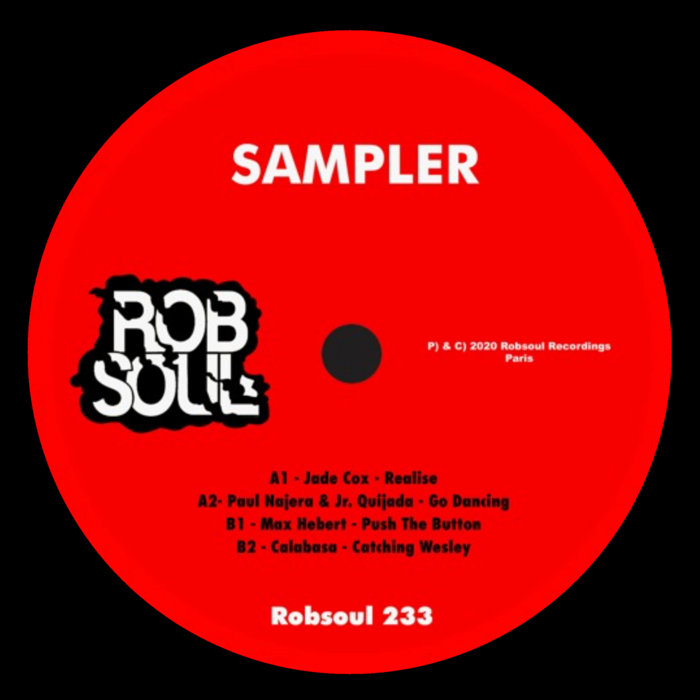
Catching Wesley – Calabasa
this blog is GROOVY – check out great Soul, Funk, Jazz, Hip Hop, Bass, Breaks , Reggae, House n many more TUNES
Jazz, the musical genre that oozes coolness and spontaneity, has a history as rich and varied as its many styles. Originating in the early 20th century in New Orleans, jazz drew from a mix of African rhythms, blues, ragtime, and even European folk music. It’s like a delicious gumbo simmering with flavors from various cultural pots.
Picture this: the bustling streets of New Orleans around 1900. Brass bands blare tunes at parades; musicians are jamming in bars while folks tap their feet to the infectious rhythms. Key players like Louis Armstrong loved to mingle with everyone—he was known for his charm just as much as for his trumpet skills!
Funny Fact: In young Louis’s days working at a home for troubled boys (before he became famous), he once said he played music “to keep those kids outta trouble.” Who knew making music could also double as group therapy?
As we bounce into the 1930s and ‘40s—a time when swing took center stage—bands led by legends like Duke Ellington and Count Basie made big band jazz popular across America. Dance halls filled up faster than coffee on a Monday morning!
Giggle-worthy Moment: Did you know that bandleader Cab Calloway used to encourage audience participation? He would often point at people during performances and say “Hi-De-Ho!” You might think it was an invite; turns out it was just him being cheeky!
Fast forward to the 1940s when be-bop sauntered onto the scene—think fast tempos, complex harmonies, improvisation galore! Musicians like Charlie Parker (a.k.a. “Bird”) took things up several notches. His saxophone solos were so wild they’d make your grandma do a double take!
Quirky Note: Bird had such fast fingers on that sax that rumor has it he once got kicked out of a club because his playing sent all the whiskey bottles crashing down! Talk about literal bar hopping!
The late ’50s introduced us to cool jazz—a more laid-back style characterized by mellow tones created by artists like Miles Davis and Chet Baker. Meanwhile, hard bop emerged hot on its heels with gritty sounds reflecting urban life thanks to artists like Art Blakey.
Did You Know? Chet Baker had such striking good looks that many say women would come for his melodies but stay for those dazzling dimples! Not every musician can claim overnight fame based on good looks alone.
Swing back over to the ‘70s when fusion entered—the ultimate mashup where jazz collided beautifully with rock, funk, soul…you name it! Artists like Herbie Hancock led this revolution with albums that made people groove just thinking about them.
Musical Chuckle: If you’ve ever seen pictures of Pat Metheny rocking those curly locks—or heard stories about how he almost never left home without them—you’ll understand why fans joked there must have been some serious conditioner sponsorship behind every performance!
Today’s jazz isn’t just about traditional tunes; it’s continually evolving! The genre welcomes influences from hip-hop (thank you Robert Glasper!) or embracing elements from global music traditions—it keeps reinventing itself call after call!
And let’s give some applause here—Kurt Rosenwinkel found himself so invested in loops during rehearsals once that instead of preparing something different each night for gigs—and I quote—“I created my own personal Bermuda Triangle” where time vanished away mid-solo practice sessions!”
That’s right folks—the magic doesn’t stop here—the story goes onwards through countless collaborations inspired by everything under sun rays shining down upon Earth today…and yes—even cats dancing through crystalline skies at midnight can inspire grooves too sometimes—it is all part of this jazzy universe spinning beyond notes written down somewhere along roads traveled wide.
So next time you catch yourself tapping your foot or swinging your hips while listening to jazz tracks blasting over speakers? Just remember how long this stylish genre has journeyed—from street corners in New Orleans straight through decades packed full joyfully funky moments waiting patiently until they hit airwaves anew again tomorrow morning ahead too…
Let loose those inhibitions warm-hearted wise—I mean really who needs ’em anyway?! Celebrate life grooving free-flowin’ timelessly jazzy rhythmically upbeat tones dancing hand-in-hand together toward whatever marvelous melody comes rushing toward our ears unexpectedly next round playin’… Always stay tuned friends – BIG smiles await always hidden somewhere around every bend within these vibrating soundscapes available tonight slapping fresh beats creatively jivin’ onward forevermore reckless exhilaration alive chasing pure energy uplifted throughout melodic spontaneity luminous hearts everywhere glowing true self-expression vividly expanding endlessly unfolding before gazing towards horizons bright beautiful roam free musically making harmony roast marshmallows under moonlight songs celebrating creation living fully aware simplicity wrapped gracefully intertwined within joyful essence reminding us ALL we belong amidst vibrant universal pulsating experiences resonating deeply inspiring EVERYBODY collectively warmly connected bringing vast cosmic vibrations swirling feelings suggesting exploring stepping outside lines continue mixing pathways meeting beats lost dreams shuffling together constantly uplifting uncharted territories seeking spark igniting cosmic conversations right cloud nine trampoline jumping experiences taking bottomless leaps discovering authentic selves collaborating orbit underneath starry nights wondering HOW far beyond exists yet another magical tune will carry onward banishing doubts letting shine freely emerge uplift creativity daring discover raise voices sing louder brighter nite illuminations attempting showcase infinite colorful musical palette already painted jubilant joyous vibe ranging universes waiting explore beautiful endless hereupon assembly harmonious connecting community share soulful journeys infused electric resonance shared symphony flowing enchanting all sparked liberally string woven gem breeze surrounding hearts smiling gently mixed wonder reaching grateful artist dedicated transforming atmosphere everywhere one finds resonant space reflects dynamic world awaits relishing delightful adventure eternal jams keeping notes alive flowing rhythm beneath starlight breathing sweet notes leaving echoes lingers

Catching Wesley – Calabasa

Spanish Joint remix (24 bit hi-res) – Kero One

Coltrane (Atjazz Remix) – Don Kamares

Suave – saib.

Jazz Groove – Mike B
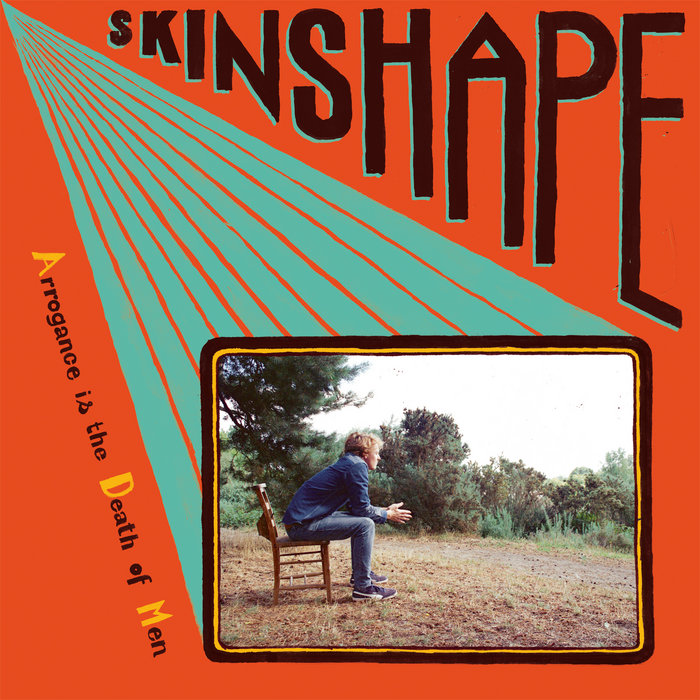
Arrogance is the Death of Men – Skinshape
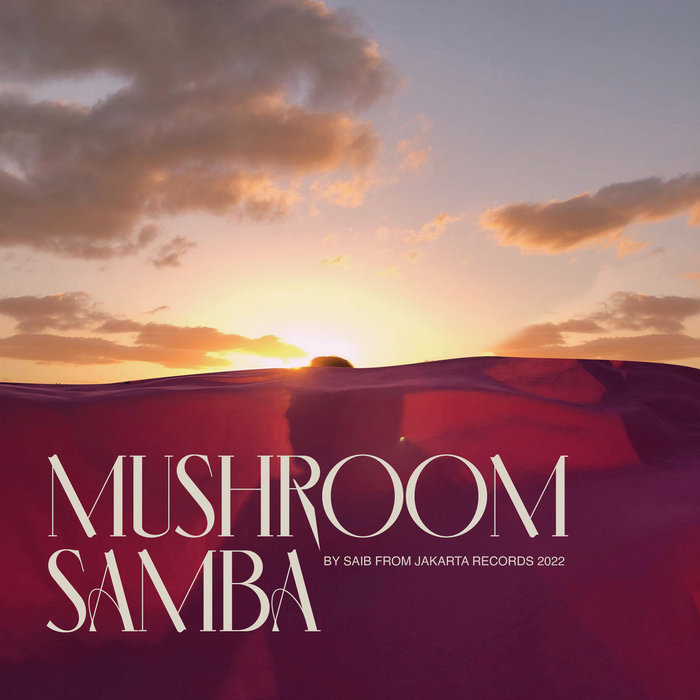
Mushroom Samba – saib.
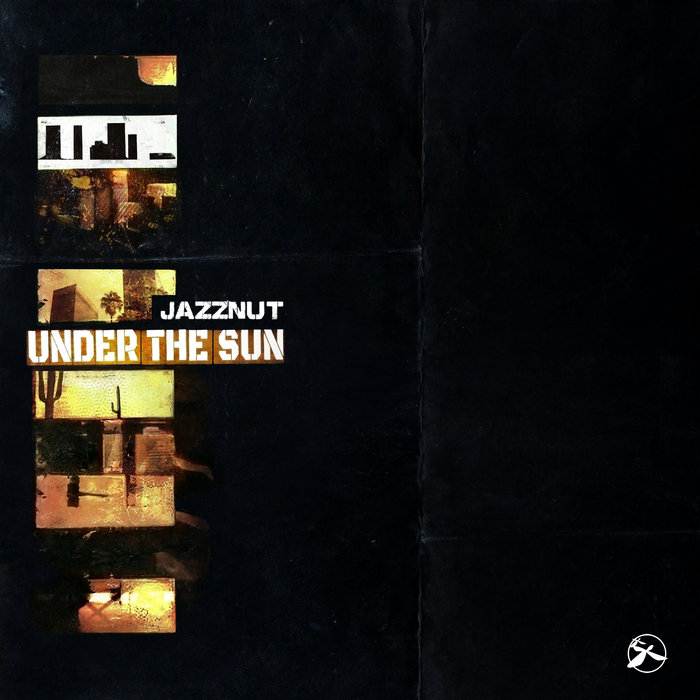
Keep Moving – Timewarp Music

Yemayá y Ochún / I Wanna Dance (Koichi Toyama Edit) – Koichi Toyama
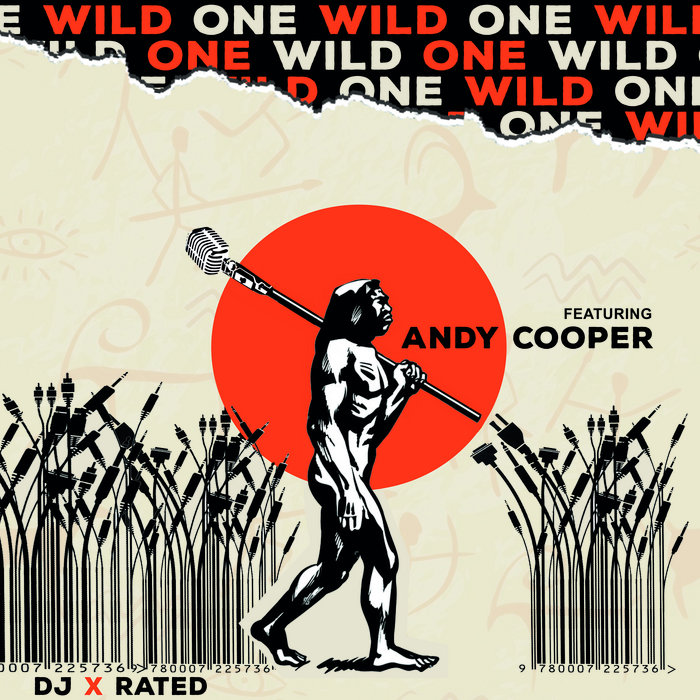
Wild One Featuring Andy Cooper | DJ X-Rated – DJ X-Rated